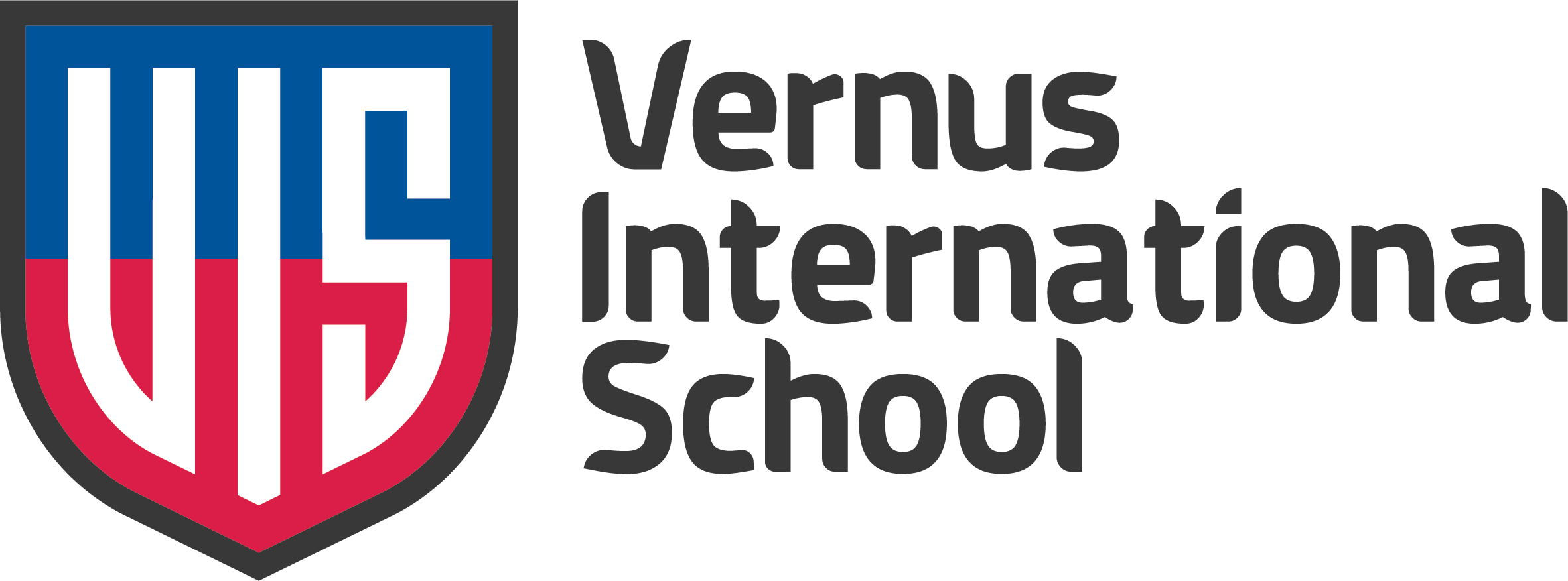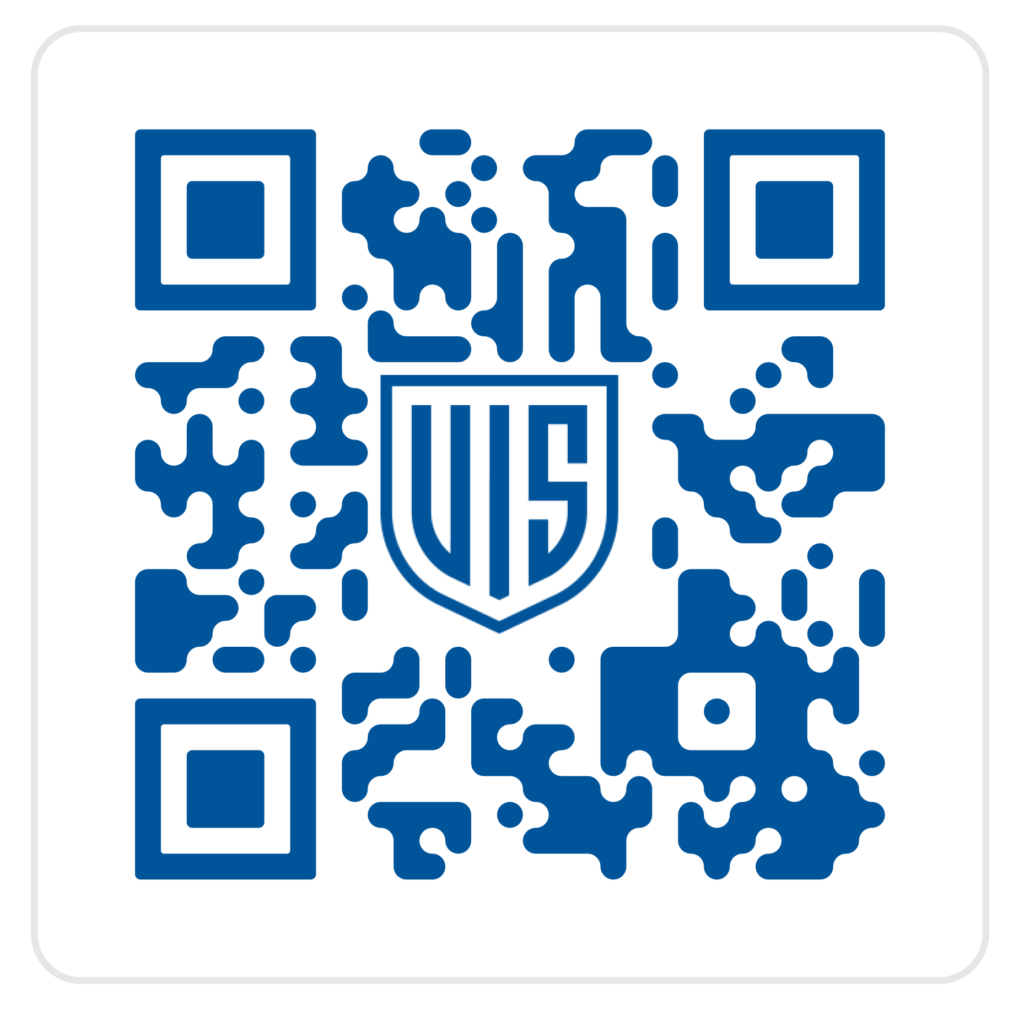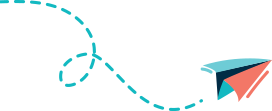VIS Curriculum
AT VERNUS INTERNATIONAL SCHOOL, THE ACADEMIC STANDARDS FOR EACH GRADE LEVEL CLOSELY FOLLOW THE CALIFORNIA STATE STANDARDS.
California Core State Standards (CCSS) have been adopted as part of a national initiative in the United States to provide students with consistent, high-quality education across all states, emphasizing college and career readiness. This commitment to excellence is why Vernus International School has adopted the CCSS for VIS curriculum, ensuring that our students receive a standardized education that prepares them for future success.
THE VIS CURRICULUM AND LEARNING MODEL CAPTURE OUR CORE PILLARS, MAPPED TO THE CALIFORNIA STATE STANDARDS.
VIS curriculum is infused with Project Based Learning, and enriched with dimensions that enable our children to develop strong character traits. This model underpins everything we do from a curriculum, assessment and teaching and learning perspective.
We recognise that in today’s world, children need various skills and dispositions to succeed in future employment, and higher education, and to be positive, active members of society.
Our core pillars prepare children for an uncertain world, and these pillars drive our planning and assessment practices:
- Learning Skills
- Life Skills
- Literacy Skills

VERNUS WILL ADOPT A PROJECT-BASED LEARNING APPROACH TO LEARNING, TEACHING AND THE ENRICHMENT PROGRAM.
Project-Based Learning (PBL) is a student-centered pedagogy that involves a dynamic classroom approach in which it is believed that students acquire a deeper knowledge through active exploration of real-world challenges and problems. Students learn about a subject by working for an extended period of time to investigate and respond to a complex question, challenge, or problem. It is a style of active learning and inquiry-based learning.
PBL contrasts with paper-based, rote memorization, or teacher-led instruction that presents established facts or portrays a smooth path to knowledge by instead posing questions, problems or scenarios. PBL is backed by thorough research as a 21st Century international practice that maximizes student engagement and outcomes.
The teaching and learning environment inside of the school will be interactive and engaging. The school will adopt high quality technology from the outset to promote blended learning in all aspects of the school. All students will be immersed in literacy in all aspects of the learning environment, especially to thrive in its PBL environment. Within each classroom, there will be interactive displays so that children can engage in critical thinking and language development through questioning. Literacy-rich environments instill confidence in children because of their immersion in opportunities to learn and to articulate their learning through language.
In each classroom, teachers will use strategies to build relationships with the children to increase their functional use of language, if they are not already fluent. Key questions and learning tickets will be used at the start of lessons to engage the children in conversation. Language development will be carefully linked to behavior management, with boundaries being set using positive terminology. A focus in each classroom will be on active listening using repeating, paraphrasing, and extending statements. These strategies will support complement the learning environment and build confidence in the Emirati students.

THE NATIONAL LANGUAGE OF THE UAE IS ARABIC, AND ARABIC IS THE LANGUAGE OF THE MIDDLE EAST.
We know that children benefit from early exposure to language so even within our KG department, we will incorporate Arabic into the daily routines.
It is our aim to teach Arabic to the same standard as all other languages in the school and to achieve this, Arabic lessons will have connections to real life, and the curriculum will be integrated into our Project-Based Learning philosophy.
We will adopt the UAE Ministry of Education Arabic Curriculum and enrich this with our ideas and resources, This is what shapes our VIS curriculum.
To emphasize the importance of Arabic, we will host clubs, contests, and activities specifically for the Arabic Language.

EAL STUDENTS ARE THOSE WHOSE FIRST LANGUAGE IS NOT ENGLISH.
With a concerted blended learning language immersion and acquisition model, our school will help EAL learners succeed.
Our EAL program has seven guiding principles:
- Allocate resources to expand EAL teachers’ reach and content while promoting higher-order learning
- Provide professional development to all staff to meet the needs of the EAL population
- Use blended learning to manage and maximize personalization and language acquisition
- Use a family-centered approach that fosters relationships with the school and supports parents’ English learning along with the student’s, as needed
- Offer differentiated instruction
- Use research-based and industry best practices for explicit language and literacy development
- Have clear entry and exit measures; upon exit from the EAL program, offer support as needed.
Our EAL program is designed to foster student success by providing instruction in the development of English skills in listening, speaking, vocabulary, reading, writing skills, and grammar. EAL support will be provided in English by a qualified EAL teacher. Whenever possible, EAL support will be provided to students in an integrated manner with mainstream classes to allow learners to stay part of their core group. “Pull out” and “Push In” language support will be determined on a case-by-case basis for each student who qualifies for the program. Specific strategies will be utilized to support students’ conversational English learning as well as academic language to access course materials.
For identified learners who need additional support, the EAL teacher will work with the student and parent to provide additional targeted support with the goal of bringing the learner to proficiency levels appropriate to their grade level.
When and as appropriate, technology will be utilized in a blended learning approach to offer personalized instruction support catered to each student’s individual needs. Technology-enabled language learning can help EAL learners improve their English skills while freeing teachers to spend more time with students in individual and group situations using immersion techniques to practice contextualized and authentic English language usage while getting immediate performance feedback from the teacher on usage and pronunciation.

ASSESSMENT, DATA COLLECTION, DATA REPORTING, AND DATA-INFORMED ACTION ARE HALLMARKS OF OUR SCHOOL PROGRAM AND MEET THE NATIONAL AGENDA PARAMETER TESTING REQUIREMENTS OF THE UAE.
The variety of assessments will provide baseline data and attainment data at key points of the academic year.
As such, we endeavor to answer the following questions:
- What do students already know?
- What do students need to know?
- What do students need to do?
- How will students demonstrate their learning?
- How will we respond when they do not learn?
At Vernus, children complete MAP (Measuring Academic Progress) assessments three times throughout the academic year. This assessment is an international assessment that all US curriculum schools are requirements to administer.
Children will also complete internal assessments to check their progress against curriculum standards.
These are quick checks for understanding that are built into the instruction such as polling questions, quiz managers, higher order questioning techniques, think-pair-shares, exit tickets, etc. The purpose is to analyze student work and understanding of concepts and skills, providing teacher real-time data to adjust teaching and learning process.
Children will also complete end-of-unit assessments. These are teacher-designed that assess understanding of concepts and competencies covered in units of study. The purpose of these is to assess the level of mastery and proficiency in understanding core concepts and competencies covered in instruction.

THE VERNUS INTERNATIONAL SCHOOL iHUB HAS BEEN DESIGNED TO PROVIDE STUDENTS WITH FLEXIBLE AND CREATIVE LEARNING OPPORTUNITIES.
Our new state of the art facility, iHub, will enable our children to open their minds to the possibilities and opportunities that innovation brings.
It will ignite their interests and nurture their ambitions to become future scientists, engineers and innovators.
The iHub space is designed to be open and flexible. To be innovative, children require challenge, and an environment that opens their minds to the possibilities of designing and building the future.
They learn from those around them, whilst working with and watching others; they gain confidence in taking risks, making mistakes and providing solutions during the learning process.
Within iHub, children will have a choice of activities, ranging from Minecraft, to virtual reality experiences, to 3D printing and robotics. All of these experiences have been designed to give our children authentic learning experiences, that develop important life skills required for the future.

VIRTUAL REALITY EXPERIENCES ALLOW CHILDREN TO BE IMMERSED IN 21ST CENTURY LEARNING APPROACHES.
We have developed a number of experiences, such as Petra, an international space station and a mission to Mars, and aligned these to the California Curriculum. Across the school, children have opportunities to apply their learning with real-life examples, whilst enjoying immersive technology.

OVER THE PAST 10 YEARS, GROWTH IN JOBS INVOLVING STEM FIELDS WAS THREE TIMES GREATER THAN THAT OF NON-STEM OCCUPATIONS.
STEM jobs are expected to continue to grow at a faster rate than others in the coming decade. STEM-related industries are a major economic component of Dubai’s economy. Students and teachers in the twenty-first century must have the skills and abilities today to succeed
STEM curriculum blends these subjects in order to teach “21st-century skills,” and the tools students need to have if they wish to succeed in the workplace of the “future.” It is an interdisciplinary approach to learning, where academic concepts are coupled with real-world lessons and links.
The impact of COVID-19 has accelerated certain trends within the workplace, and now more than ever, children need to be inter-disciplinary.
The key term, when talking about STEM, is the need for integration. STEM curriculum intentionally melds different disciplines to enable a blended approach to learning that encourages hands-on experiences and gives students the chance to gain and apply relevant, “real-world” knowledge in the classroom.
STEM teaches and trains students to engage in critical thinking, inquiry, problem solving, collaboration, and what is often referred to in engineering as design thinking.
STEM learning teaches children about the power of technology and innovation. So, when students encounter new technologies, they will be prepared to embrace them, instead of being hesitant or fearful. This will give them the upper hand in the global landscape, as the world is becoming increasingly tech-centered.
In STEM education, students are taught skills that they can use in the real world. This motivates students to learn, as they know that the skills that they acquire can be utilized and transferred immediately. The ability to apply their knowledge to new and novel tasks will bode well for them when they enter the future workforce. These foundational fluencies need to start in the Kindergarten phase.

AT VERNUS INTERNATIONAL SCHOOL, WE SEE THE VALUE IN CHILDREN TAKING PART IN SPORT AND LEADING AN ACTIVE LIFESTYLE.
Children’s concentration and focus in the core curriculum is enhanced when they take part in sports, and in team games.
Research has shown that children develop important life skills, in addition to their fine motor skills, balance, and move with confidence when they are physically active.
We are working in partnership with Activitee to deliver a comprehensive sports program.





